Results 481 to 490 of 12091
Thread: Anandtech News
-
05-26-11, 08:11 AM #481
Anandtech: YouTube Adds Stereoscopic 3D Video Support (And 3D Vision Support, Too)
For those of you with a 3D TV or a 3D Vision kit, this will likely be of interest to you.
Today Google will be officially activating stereoscopic 3D video support on YouTube. Google has been experimenting with stereoscopic 3D support as early as 2 years ago, but the feature never left the dark depths of alpha testing. Since then Google has worked out the kinks in the system, and along with some new features in HTML5 is formally launching it today.
In the short term this won’t do much to resolve the dearth of 3D content – seeing as how a great deal of professional content is still locked behind various CE exclusivity deals – but with any luck it should make the sharing of such content easier than sending files back and forth as it currently stands.
Meanwhile how YouTube is going about this is interesting, since it’s not so straight forward. Ultimately YouTube is supporting 3.5 different ways of displaying 3D content, due to the lack of any de-facto method of receiving 3D content. For older DLPs, passive polarized TVs, and other “simultaneous image” systems, an interleaved mode is offered that can do row/column interleave along with checkerboard patterns. For more recent TVs that can accept side-by-side frame packing (both passive and active), side-by-side is being offered. For those of you with old-school anaglyph glasses, that’s also being supported in red/cyan, green/magenta, and blue/yellow combinations. All of this is offered through Adobe Flash.

Last, but certainly not least is the .5 and likely the most relevant for our discussion: HTML5 for computers. HTML5 still uses side-by-side frame packing, but it also includes a flag to tell the browser that it’s going to be playing back stereoscopic content. With knowledge of the flag, the browser can change the device's display settings on the fly rather than passing a “dumb” image on; on paper it’s the most user friendly option, and no doubt Google’s favorite given their stake in HTML5. And since it’s based around HTML5, it’s using WebM rather than H.264 under Adobe Flash.
Given that HTML5 still isn’t complete though, YouTube’s HTML5 implementation is also easily the more experimental configuration. At this point of the browsers that support the WebM codec it only works under Firefox 4, and strangely not Google’s own browser. In turn only one 3D display system currently works with Firefox: NVIDIA's 3D Vision. This shouldn’t come as any surprise given NVIDIA’s continued investing in 3D Vision compatibility for games and applications, but for the moment NVIDIA has a first mover advantage with YouTube’s 3D stereoscopic support. Google expects additional software and hardware packages to support the format in the future, once they implement the appropriate parts of the HTML5 draft standard.
We should note that the fact that all of this is rather experimental shouldn’t fall on deaf ears. As it stands YouTube’s HTML5 stereoscopic 3D support basically combines all the glitches of the YouTube HTML5 player with all the glitches of windowed mode 3D Vision. Since Google started enabling the feature late last night we’ve only been able to get the stereoscopic 3D player to periodically work. No doubt Google and NVIDIA will continue to work out their respective bugs, but for the time being it’s definitely a work in progress and not as easy as it’s supposed to be.
Finally, as far as quality is concerned it’s a mixed bag. Regardless of any differences between H.264 and WebM, YouTube isn’t doing full resolution 3D. As we noted before, everything is either interlaced or side-by-side frame-packed, so the effective resolution per eye is either one-half vertical or one-half horizontal depending on the method used. Active shutter based systems can display each image at full resolution – hence the reason we’re going to see NVIDIA tout their support for full HD 3D – but ultimately roughly half the lines are being interpolated. However the source being half-resolution is consistent with most other 3D offerings right now due to bandwidth and decoder limitations; Blu-Ray 3D is still the only widespread media that offers full HD 3D.
More...
-
05-27-11, 01:41 AM #482
Anandtech: The 27-inch Apple iMac Review (2011)
A couple of weeks ago, a big box showed up at my doorstep. Inside? The new 2011 high-end 27-inch iMac. More or less it's the 2011 MacBook Pro mated to a 27-inch LED backlit Cinema Display. It's basically my personal setup but in an all-in-one desktop.

I never liked the iMac. I understood the appeal, but it wasn't for me. The CPUs and GPUs weren't fast enough, there weren't enough drive bays and the display was always worse than what I already had on my desk. However the same series of events that allowed me to dump the Mac Pro and use a Sandy Bridge MacBook Pro have made the iMac that much more interesting.
Moore's Law (or more specifically, hundreds of super smart process and chip engineers) have more or less solved the performance problem in these integrated machines. We've been on the longest run I can remember of software being outpaced by hardware and as a result machines like the iMac look a whole lot more powerful than they did just a few years ago.
SSDs and very high capacity mechanical drives fixed the storage problem, while the advent of 27-inch high resolution LCD panels fixed the display problem. The new iMac can easily be a real workstation for users today, when in the past it was more of a machine you'd give to your parents. To be honest, after using it for a while, I actually like the new iMac.
Read on for our full review of the new 27-inch iMac.
More...
-
05-28-11, 07:20 PM #483
Anandtech: Android 3.1 on the ASUS Eee Pad Transformer
I ran into a number of hiccups in my review of the Eee Pad Transformer last month. Some of the issues were of course due to the early nature of Honeycomb, while others were just problems with ASUS' implementation. Just yesterday ASUS gave me a drop of the OTA (over the air) update that's coming to all Eee Pad users on Monday. This update will give the Eee Pad Android 3.1, the long-awaited point release to Honeycomb that is supposed to fix bugs, improve performance and even enable some new functionality. Xoom owners got access to the update earlier this month thanks to it being Google's launch device for Honeycomb, but ASUS isn't far behind.
I haven't had a lot of time with the update but I wanted to go over some of the enhancements and give you Eee Pad users a preview of what's to come on Monday. Read on!
More...
-
05-29-11, 07:10 PM #484
Anandtech: Computex 2011: NVIDIA Announces Wired 3D Vision Glasses
Technically Computex 2011 doesn’t start for another day, but already companies are announcing new hardware right ahead of the event in order to try to beat the rush. NVIDIA is one of those companies; at Computex they’re announcing their new wired 3D Vision glasses.
As a bit of background, since the introduction of 3D Vision in 2009 the hardware has remained relatively unchanged. NVIDIA launched with their wireless 3D Vision glasses kit at $199; more recently they dropped the price down to $149, but other than a slightly tweaked revision of the glasses offering double the battery life, the glasses themselves haven’t changed. Meanwhile, though wireless glasses are generally going to be the best way to use an active shutter 3D system, it does have a couple of downfalls: there’s only so much cost cutting that can be done, the need to have batteries and USB connectors on-board dictates design to some degree, and $150 objects that are not tied down tend to grow legs and walk away.
As the market for 3D Vision expands, driven by declining prices for the necessary 120Hz LCD monitors, NVIDIA has finally had to deal with these problems, both to keep costs in-line with cheaper monitors and to build a set of glasses suitable for some new markets. The result is that we’ve come full-circle: 3D shutter glasses are now wired once again.
Being announced today and shipping in late June are the NVIDIA 3D Vision wired glasses, which NVIDIA intends to fill the above niche. As the name implies, it’s a set of 3D vision glasses that are wired – in this case using USB 2.0 – instead of the wireless glasses + hub solution that NVIDIA’s wireless kit uses. By ditching the batteries and the IR gear, and by integrating the functions of the 3D Vision hub into the USB connector itself, NVIDIA has been able to cut production costs. Priced at $99, these are intended to be the new low-end glasses to go with the aforementioned cheaper 120Hz monitors, while the wireless glasses will continue to be offered at $149. Besides the fact that the wireless glasses are wireless, it looks like the other features differentiating the two will be the 3D Vision control functionality the wireless hub offers - convergence controls and turning 3D Vision on & off - as there's no analog on the wired glasses.
The wired glasses will also be serving as NVIDIA’s first official foray into LAN/cyber-café business. As wireless glasses can’t be easily secured and can be easily stolen, NVIDIA designed and will be pitching the wired glasses as a practical alternative to café owners that want to offer 3D Vision without their investments walking out the door. The wired glasses feature a Kensington lock slot in the USB connector/hub, which means the glasses can be locked down like the rest of a café’s hardware. We wouldn’t venture to guess just how many cafes are actually interested in offering 3D Vision right now, but clearly NVIDIA believes it’s a worthwhile market to chance.

The existing wireless glasses
Finally, in spite of the wired nature of the glasses, they may end up being more comfortable than the existing wireless glasses. NVIDIA isn’t heavily promoting it, but the wired glasses do have a different fit thanks to the fact that there’s no longer a need to embed batteries, IR receivers, or a controller into the glasses themselves. Of the few different editors here at AnandTech that have used the wireless 3D Vision glasses, the most common complaint is the fit; as the glasses are one size fits all, we’ve found that the glasses pinch our (apparently) big heads. Although only NVIDIA really has any data to back up how many users shy away from 3D Vision due to the fit of the glasses, we suspect we’re not the only ones that the existing glasses poorly fit – the merits of the technology mean little if the glasses themselves can’t be worn comfortably for any length of time. Once we receive our sample glasses we’ll be taking a look at the fit to see if these are any better than the wireless glasses.
Wrapping things up, the wired glasses will cost $99 and be shipping in late June from NVIDIA and other retailers. NVIDIA hasn’t talked about any long-term plans for the wired glasses, but we wouldn’t rule out the possibility that they’re going to replace the wireless glasses in monitor bundles that already include glasses. A few monitors are building the IR transmitter directly into the monitor’s bezel these days, but for the rest this would be another way to bring down the price of a complete 3D Vision kit.
More...
-
05-29-11, 07:10 PM #485
Anandtech: NVIDIA GeForce GTX 560M: High-End Mobile Graphics with Optimus
Our collective wishes have been granted by the fine folks at NVIDIA: you can now buy a notebook with high-end graphics that supports Optimus and thus is capable of offering excellent battery life. NVIDIA is refreshing their GeForce GTX 460M into the 560M.
Before you get too excited, keep in mind the 460M and 560M are based on the same chip that powers the desktop GeForce GTS 450. That means 192 CUDA cores, and NVIDIA specifies a memory bus "up to 192 bit." Core clock is up to 775MHz, with shaders at 1550MHz. GDDR5 is employed, but only runs at an effective 2.5GHz. It's not a major graphics powerhouse, but in the mobile sector it's plenty and should be the bare minimum for doing comfortable gaming at 1080p. The big news is again as we mentioned before, the GTX 560M finally brings support for Optimus to NVIDIA's mobile high end. Between that and the improved power consumption of Sandy Bridge quad cores, we could be looking at a new generation of mobile gaming machines that can actually run off the mains. It's compelling.

The impending ASUS G74Sx will be powered by the GeForce GTX 560M.
Less compelling but still mildly noteworthy, NVIDIA is refreshing the GeForce GT 520M with a slight speedbump to the GeForce GT 520MX. It keeps the same 64-bit memory bus and 48 CUDA cores as the GT 520M, but bumps the core clock up to a healthy 900MHz (and the shader clock by association to 1.8GHz), and the DDR3 goes up to 900MHz, 1.8GHz effective. The 520MX isn't wildly compelling, but for people gaming at 1366x768 it should do a pinch.
NVIDIA claims OEM wins across the board for its new parts, including HP, Dell, and Toshiba, so hopefully we should be seeing this new kit soon.
More...
-
05-29-11, 10:30 PM #486
Anandtech: NVIDIA's Kal-El Glowball Shows off Dynamic Lighting & Quad-Core Physics on
I've warned both Qualcomm and TI that the danger they have to face in the SoC space going forward isn't just NVIDIA engineering, but NVIDIA marketing. Although too aggressive for my tastes at times, NVIDIA does know how to take a simple product release and turn it into an extremely polished technology launch. Even down to the materials NVIDIA shares with the press, to-date none of its competitors have built such pretty slides that make their way all over the web.
Obviously it's not just marketing with NVIDIA. After a rough start the Tegra 2 finally got real traction and has been the premier Android smartphone and tablet SoC since the beginning of the year. If you're buying an Android smartphone or tablet today, chances are the best option uses Tegra 2.
At MWC earlier this year NVIDIA announced its third applications processor, codenamed Kal-El. Kal-El will feature four ARM Cortex A9 cores with a shared 1MB L2 cache and MPE/NEON support (absent from Tegra 2). Kal-El will also fix the video decoder issue we've run into on Tegra 2 and should be able to play all high profile H.264 content with proper OS support. On top of all of that there's a faster GPU (12-core vs. 8-core plus higher throughput per core).

What does all of this have to do with NVIDIA's marketing? Today NVIDIA posted one of its famous tech demos running on a Kal-El reference platform to show off what's possible with the new SoC. Read on to check out the video.
More...
-
05-30-11, 12:40 AM #487
Anandtech: Computex 2011: ASRock Llano, 990FX and Z68 Motherboards
Computex 2011 is officially underway. Although technically it started yesterday with informal meetings at LAX, Ian and I kicked off our plethora of meetings at the show today with ASRock.
ASRock met with us this morning bearing goodies, three new motherboards to be specific.
First up was the A75 Extreme6, ASRock's Socket-FM1 motherboard designed to accept AMD's A-series Llano APUs. A number of leaks have already happened around Llano so if you want more details I'd suggest going to the source at this point. We're working on coverage of the platform but it'll be a little while longer before we can post on it.
Llano is mainly targeted at mobile systems first, but we will see desktop platforms going forward. Llano will become AMD's mainstream desktop CPU over the coming quarters, replacing the Athlon II and Phenom II in many cases.
Just above Llano we will have the long awaited Bulldozer CPU. AMD originally wanted to launch Bulldozer at Computex but performance issues with its B0 and B1 stepping chips pushed back the launch. Now we're looking at a late July launch with B2 silicon, but performance today is a big unknown. Apparently the performance of B1 stepping silicon doesn't look too good.
Bulldozer will be mechanically compatible with Socket-AM3 motherboards but AMD will only officially support the CPU on AM3+ motherboards. To differentiate AM3+ from AM3 motherboards AMD is releasing a new chipset: the 9-series. Functionally the 9-series chipset is no different from the 8-series that it replaces; it'll simply be used on AM3+ boards exclusively.
ASRock showed us its high-end 990FX motherboard: the Fatal1ty branded 990FX Professional:
Obviously a very high end motherboard, ASRock included two front panel USB 3.0 headers on its 990FX board. There are also three PCIe x16 slots and six 6Gbps SATA ports driven off of the 990FX chipset itself.
Finally we have ASRock's Z68 Professional motherboard, once again with Fatal1ty branding. At Jonathan Wendel's (Fatal1ty) request, the Z68 Professional includes an IDE port for optical drives and a floppy drive connector as well.
We've got several more meetings lined up so expect more coverage from the show today.
More...
-
05-30-11, 02:30 AM #488
Anandtech: Computex 2011: SandForce mSATA Drives & No More Supercap
I haven't been to Computex since 2005. I felt that for a while there the show had lost some of its appeal. Motherboards alone weren't all that interesting and there was a lot of confusion in the market as to what to focus on next. These past couple of years I've seen a lot more news items of interest come out of Taiwan and after regretting not being at the show last year, I made it a point to show up this year.
My first meeting actually took place at LAX last night, hours before my flight with a couple of guys from SandForce. Hot on the heels of the SF-2000 family release there's really not much new to talk about from a technology standpoint but SandForce did have a couple of updates to give me.
First is an mSATA reference design based around the SF-2281 controller we've seen used in drives like the Vertex 3 and Agility 3:
SandForce has both a 4-channel and an 8-channel version of the mSATA drive (right and left in the picture above, respectively).
In order to route to the additional channels SandForce had to go with BGA NAND devices for the faster drive, which is the main difference between the two cards.
The other neat thing SandForce showed me was one of its enterprise SF-2000 reference designs. If you remember back to our Vertex 3 Pro Preview, SandForce's enterprise designs used a beefy capacitor to help flush data to NAND in the event of a sudden power failure. Unfortunately OEMs had concerns about the reliability of that supercap under load over the lifetime of the drive. Intel realized the same issues and opted for smaller polymer caps in its SSD 320 drive:
Below is a SF reference design that uses an array of similar capacitors instead of the single supercap:
With an array of smaller capacitors the drive can withstand a failure of some in the array and still maintain data integrity in the event of a power failure. SandForce has shown an incredible amount of focus this generation on dealing with the issues that plagued it last generation. Firmware is more reliable, more time was spent on validation testing and with things like the move to smaller caps OEM needs are being met.
More...
-
05-30-11, 04:10 AM #489
Anandtech: The ASUS Padfone: A Smartphone That Docks into a Tablet
A number of you have asked for this innovation over the past few months: a smartphone that docks into a tablet. Given that the two platforms generally share the same hardware, it seems to make sense. ASUS has heard your calls and today announced its Padfone, and no, I'm not joking about the name.

Building off of the expertise with the Eee Pad Transformer, the Padfone is a smartphone that's dockable into a tablet. The intelligence is entirely inside the ph...er fone part, the pad is strictly a display and extended capacity battery.
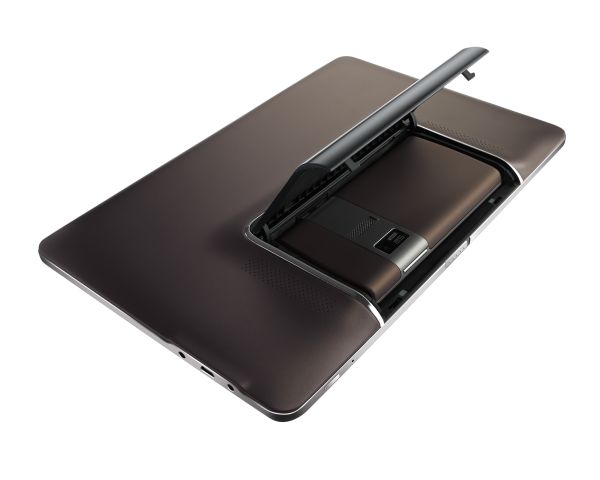
ASUS didn't announce anything on availability, internal specs or even what OS it would run. In one shot ASUS had a Windows interface and in another shot it had a Honeycomb interface. Clearly this is a work in progress but it's an interesting concept.
{gallery 1091}
More...
-
05-30-11, 04:10 AM #490
Anandtech: ASUS Eee PC X101: Running MeeGo, Windows Optional - Starting at $199
It wouldn't be Computex without another Eee PC announcement and today's is a big one. ASUS officially introduced the next-generation of Eee PC, the X101:
The X101 weighs under 950g and is only 17.6mm thick.
The X101 is presumably Atom based and it will be available either with a HDD or SSD. The default configuration will ship with MeeGo and start at $199.
{gallery 1089}
More...
Thread Information
Users Browsing this Thread
There are currently 17 users browsing this thread. (0 members and 17 guests)




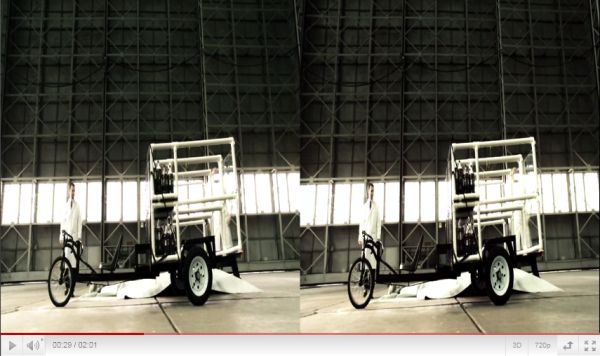

 Quote
Quote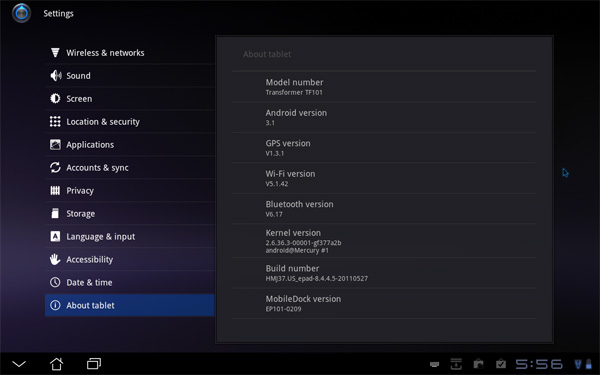
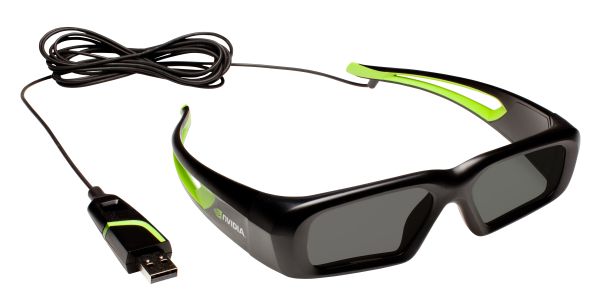
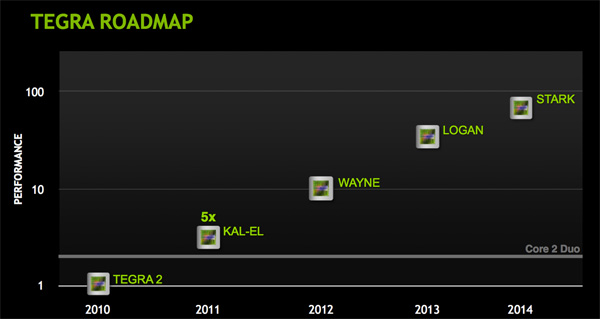
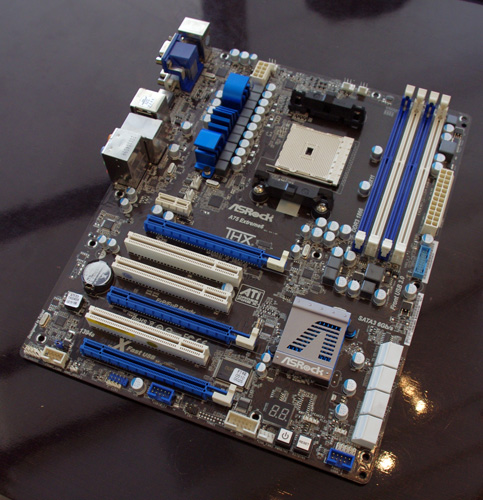
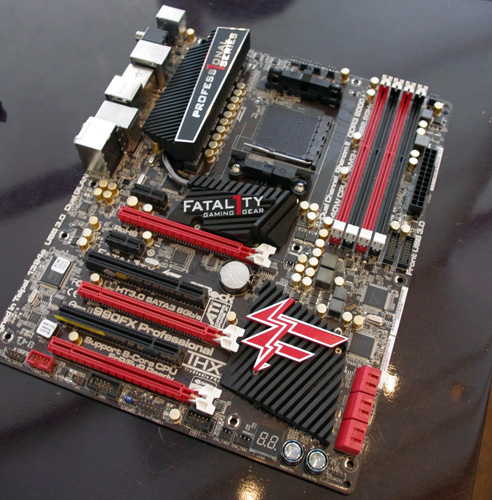

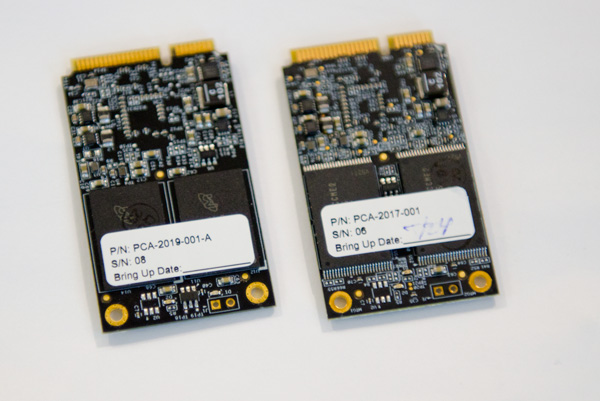
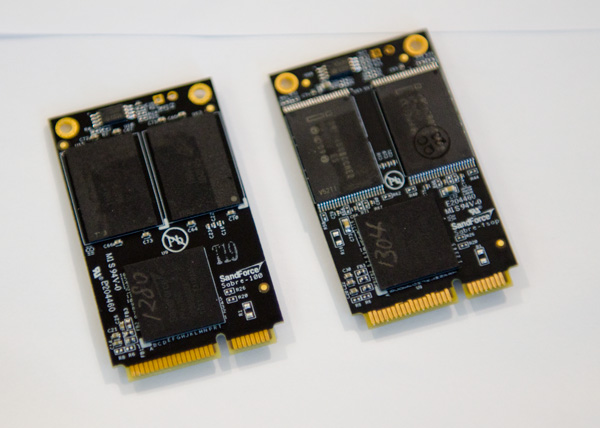
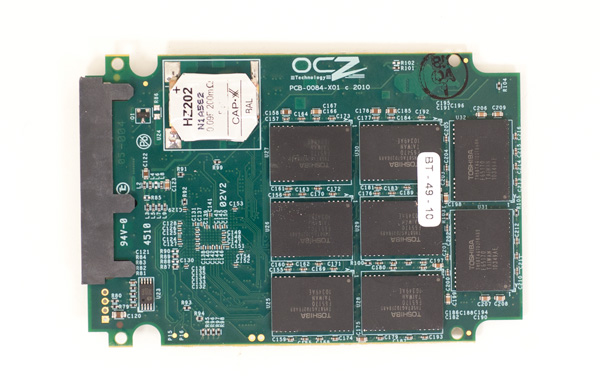


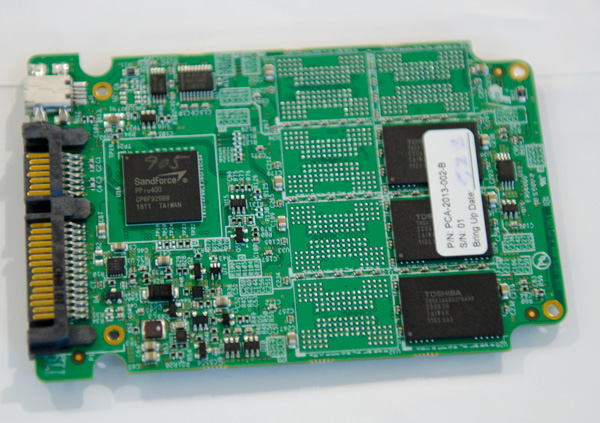

















Bookmarks